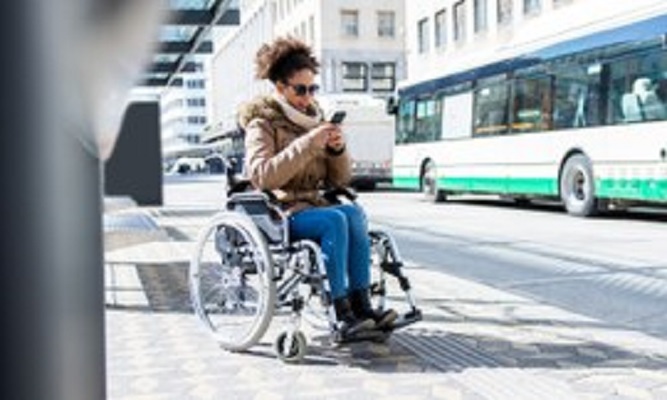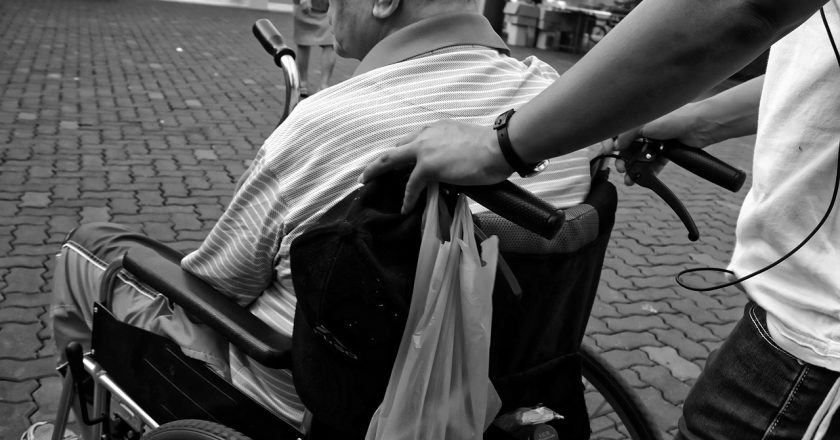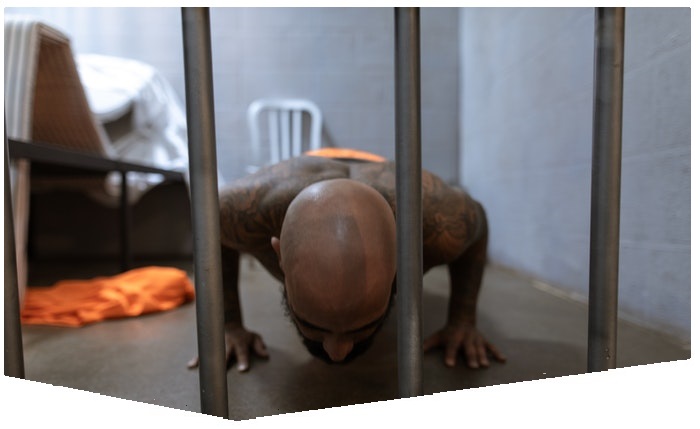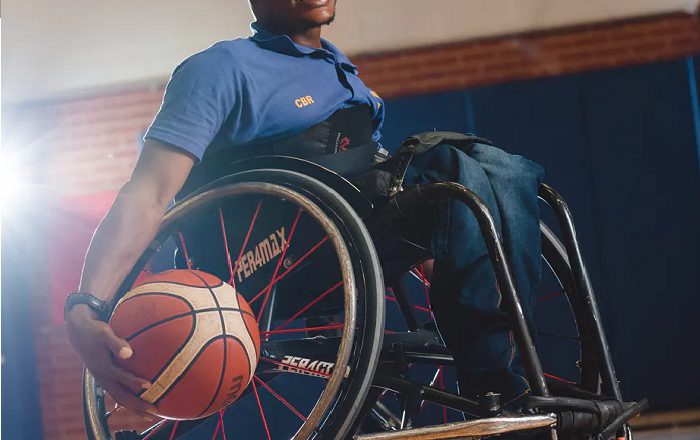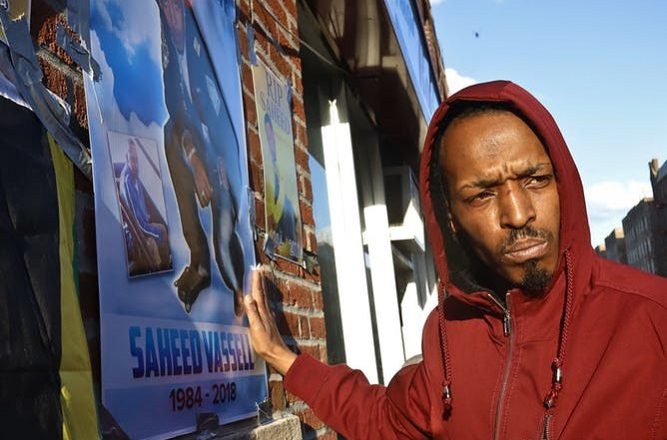Medicaid Program Expands Funding For Seniors And People With Disabilities
The Biden administration recently announced approximately $25 million in grants to expand a Medicaid program that has allowed more than 90,000 disabled people and seniors to move out of institutional settings like nursing homes and back into their communities.
Money Follows the Person is a demonstration program designed to support states in expanding their home care services. Demonstration programs are used to test new and innovative policies in the states.
The nearly $25 million announced August 22 will support early planning for MFP in Illinois, Kansas, New Hampshire, American Samoa and Puerto Rico, bringing the total to 41 states and territories offering the program.
Currently, nursing home care is a Medicaid entitlement, meaning states are required to provide it to seniors and peo...

